

Mariners Hall Campus Transformation Underway
On track for Fall 2026 grand opening




On track for Fall 2026 grand opening

Last year CRMM educators brought Museum programs to 9,953 students in schools throughout NW Oregon and SW Washington. Another 2,267 students participated in on-site Learning Labs. These are just a few of the many educational programs CRMM offers.

Educator
Peterson guides a group of middle school

CRMM’s Intro to Underwater Robotics Learning Lab introduces students to the fundamentals of Remotely Operated Vehicle (ROV) design through the lens of a real-life recovery mission.

The Museum’s new Steamboats On The River exhibit recalls an era where the river was the highway, connecting people and communities socially and economically. The exhibit features several of our most beautiful and detailed models, such as the T.J. Potter (foreground), a popular passenger ship on the Portland to Astoria route from 1888 to 1921. Her scant remains can still be seen in the mud along the shore of Astoria’s Young’s Bay, where she was burned for her metal.

Columbia River Maritime Museum carries founder Rolf Klep’s vision forward with the Mariners Hall Campus Transformation
In a 1996 letter found in our files last year, founding Trustee Allen Cellars recounted conversations with CRMM Founder Rolf Klep on a 1950’s boating excursion: “Rolf was afire with an idea for a maritime museum in Astoria. Ed (Quinn – another founding Trustee) and I agreed enthusiastically, providing it was modest in size and practical for the local economy. Rolf snorted in disdain. He had a vision and we are all glad that he did!”
Rolf founded his museum, at first modest in size, and over the next twenty years, with grit, determination and vision, planned, raised money for and oversaw the construction of the existing museum building, sadly passing away just before it opened in 1982.
Today we carry Klep’s vision forward with the Mariners Hall Campus Transformation, guided by these beliefs:
We believe that the maritime world is central to our social, cultural, and economic past, present and future, and holds endless possibilities for compelling storytelling.
We believe that the maritime world is central to our social, cultural, and economic past, present and future, and holds endless possibilities for compelling storytelling. We believe we are all connected by the sea and the rivers, and that maritime museums can bring people of all ages and backgrounds together. We believe that, even in a world of rapidly evolving AI, people value seeing the real thing - artifacts are worth preserving, and if presented in meaningful ways, people will step away from their screens and other priorities to come experience them in the Museum. And we believe that people in rural counties should not have to travel to Seattle or Portland for world class educational and cultural experiences: we intend to provide those experiences, in a building of stunning architecture, right here in Astoria.
Thank you for joining us on our journey!

Bruce Jones, Executive Director

Executive Director Bruce Jones welcomes guests to the opening of the Museum’s new Chinook Indian Nation exhibit, ntsayka ilii ukuk (This Is Our Place)

Tla-o-qui-aht Elder Joe Martin, a renowned canoe carver in Tofino, British Columbia, is one of many living artists featured in Cedar and Sea. His Nuu-chal-nuth sealing canoe is a centerpiece of the exhibit.
From the Winter 2025 FIRST AMERICAN ART MAGAZINE
“Through the entrance to Cedar and Sea, visitors step into the sights and sounds of a recreated old-growth cedar forest. The exhibition opens with a powerful quote from artist Bill Reid (Haida, 1920-1998): ‘Oh, the cedar tree! If humankind in its infancy had prayed for the perfect substance for all materials and aesthetic needs, an indulgent god could have provided nothing better.’”
“The journey continues through a sensory-rich environment, where the sounds of birds, rustling leaves, and distant ocean waves evoke the natural world that has sustained Indigenous communities of the coast for generations. Inside, circular galleries display intricate carvings, baskets, and fishing tools, paired with stories of the artisans who created them. There are not merely artifacts but testaments to living cultures where craftsmanship and spirituality are intertwined.”
The Museum is grateful to 156 donors, led by Peter Brix; Mike Wollaston; Dr. Gerald Warnock; The Stevens Family Trust; and the Collins Foundation for making the Cedar and Sea exhibit possible.
— Comanche/Cherokee/Tarahumara writer Mandy Yeahpau
| Columbia River Maritime Museum



Tlingit Alaska Native Woodcarver/Metalsmith/ Dancer Nathan Jackson, a National Endowment for the Arts National Heritage Fellow, whose work is featured in Cedar and Sea, speaks at the exhibit opening.
Suquamish Basketmaker
Ed Eugene Carriere, NEA National Heritage Fellow, speaks about the meaning of his work featured in Cedar and Sea
CRMM Board Chair Don Vollum and his wife Marian exploring the Cedar and Sea exhibit.
A small but dedicated group of volunteers, including Lloyd Bowler, Susan Hinton, Dale Nicol, Earl Reynolds and Doug Taylor, steadily continues the work of restoring spaces aboard the lightship and making more spaces physically or visually accessible to our guests.



Lightship restoration (clockwise from top)
After much cleaning and removal of heavily peeling paint, Doug and Susan paint the wheelhouse.
The wheelhouse is once again a showcase for our visitors.
The windlass space was cleaned of oil and peeling paint, repainted, and is now open to the public.
The windlass raised and lowered Columbia’s 7,000 pound mushroom anchor and 1,300 feet of chain.
A Plexiglas cover allows visitors to view another area never before seen by the public: Engineering Storage, with a variety of vintage equipment visible.



From the April/May 2025 1889 WASHINGTON’S MAGAZINE
“The newly opened Chinook exhibit, which includes Chinookan canoes when they’re not in use, serves as a welcome to the Chinookan homelands and to another exhibit, Cedar and Sea, that presents the Indigenous maritime cultures of the Pacific Northwest Coast.
Bruce Jones, the museum’s executive director, said he made a commitment to the Chinook that they would always have a presence there. The museum would be incomplete without a Chinook exhibit, he said, which helps expand awareness to tourists and locals alike.
“When people hear the live voices in the exhibit’s videos, it’s just a reinforcement of the fact that this is not a historical exhibit,” Jones said. “These are people living and breathing today in our community that are members of the Chinook Indian Nation. They’re talking to us in 2025 about what the culture means today.”
The Museum is grateful to The Roundhouse Foundation for making this exhibit possible.
— Daniel O’Neil

The Mariners Hall campus transformation began to take shape in early 2024 with the remodeling of 11,000 square feet of gallery space in the existing main museum building. This work enhanced the circulation between exhibits, including the new Cedar and Sea, created a new gallery for the Chinook Indian Nation exhibit This Is Our Place, and facilitated the return of the Achiever replica steamboat wheelhouse to our new steamboat exhibit.

Ground was broken on the new building site on December 2, 2024, with the removal of asphalt and underlying fill from 20,000 square feet of our parking lot.
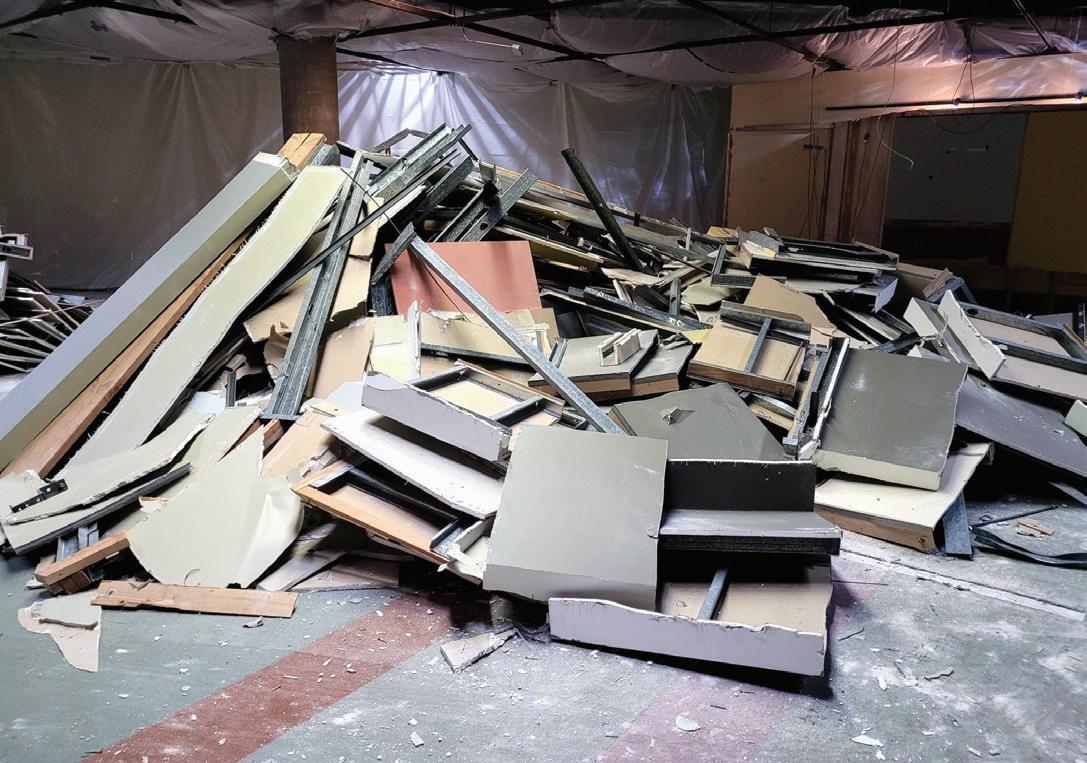
You can’t make an omelette without breaking some eggs! Gutting nearly half of the existing gallery spaces opened up tremendous possibilities.

Remodeling provided a new pedestrian exit leading to a covered walkway across the trolley tracks to the new exhibition hall, and this new roll up door to accommodate moving small boats in and out. Two new restrooms were also added to this renovated space.

The centerpiece of the Mariners Hall Campus Transformation Project, the new exhibition and education space, will be formally dedicated as the Warnock Building upon its grand opening, projected for October 2026. This naming reflects Dr. Warnock’s passion for the Museum, reflected in his extraordinary role in advancing not only Mariners Hall, but Cedar and Sea and the Warnock Commons and Model Boat Pond projects as well. These gifts, coupled with Dr. Warnock’s donations to our endowment, have been instrumental in helping fulfill the Museum’s vision of becoming a world class maritime museum. We are thrilled to honor Dr. Warnock’s legacy in this way.
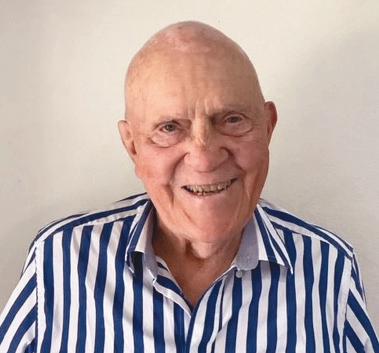
Dr. Gerald Warnock
“Being a true son of the Northwest and lifetime sport fisherman, I have always appreciated the natural beauty and fascinating maritime history surrounding the Columbia River and its magnificent yet treacherous flow into the Pacific Ocean. After surviving hundreds of bar crossings in pursuit of salmon, halibut and tuna since the 1950’s, my wife Margaret and I established a second home in Warrenton over 26 years ago. During that time the crew of our trusty fishing boats - currently “The Constitution VI” - has expanded to include five generations, beginning with my mother, Elsie Battaglia and most recently with my great-grandchildren. I feel truly privileged to be able to share my success with the Museum and help create an enduring legacy that will help educate and inspire future descendants and all visitors to the museum as the mighty Columbia rolls on.” — Dr. Gerald Warnock
Astoria’s Rickenbach Construction Inc overcame stiff competition to earn selection as General Contractor/Construction Manager for the Mariners Hall project. It is very important to the Museum that the project benefits the local community not only after completion, but during construction. Over 75% of the site work is being performed by local contractors.

Columbia River Maritime Museum Executive Director Bruce Jones signs the Mariners Hall construction agreement as Jared Rickenbach, President of Rickenbach Construction, Inc. and CRMM Trustee/Project Director John McGowan look on.

Trustee and Mariners Hall Steering Committee Member Terry Graff signs one of the first pilings to be driven. Terry’s initial gift funding architectural exploration of campus expansion options, followed by an extraordinarily generous lead project gift, provided the momentum to turn the Museum’s long term vision into a realistic and achievable goal.

were driven
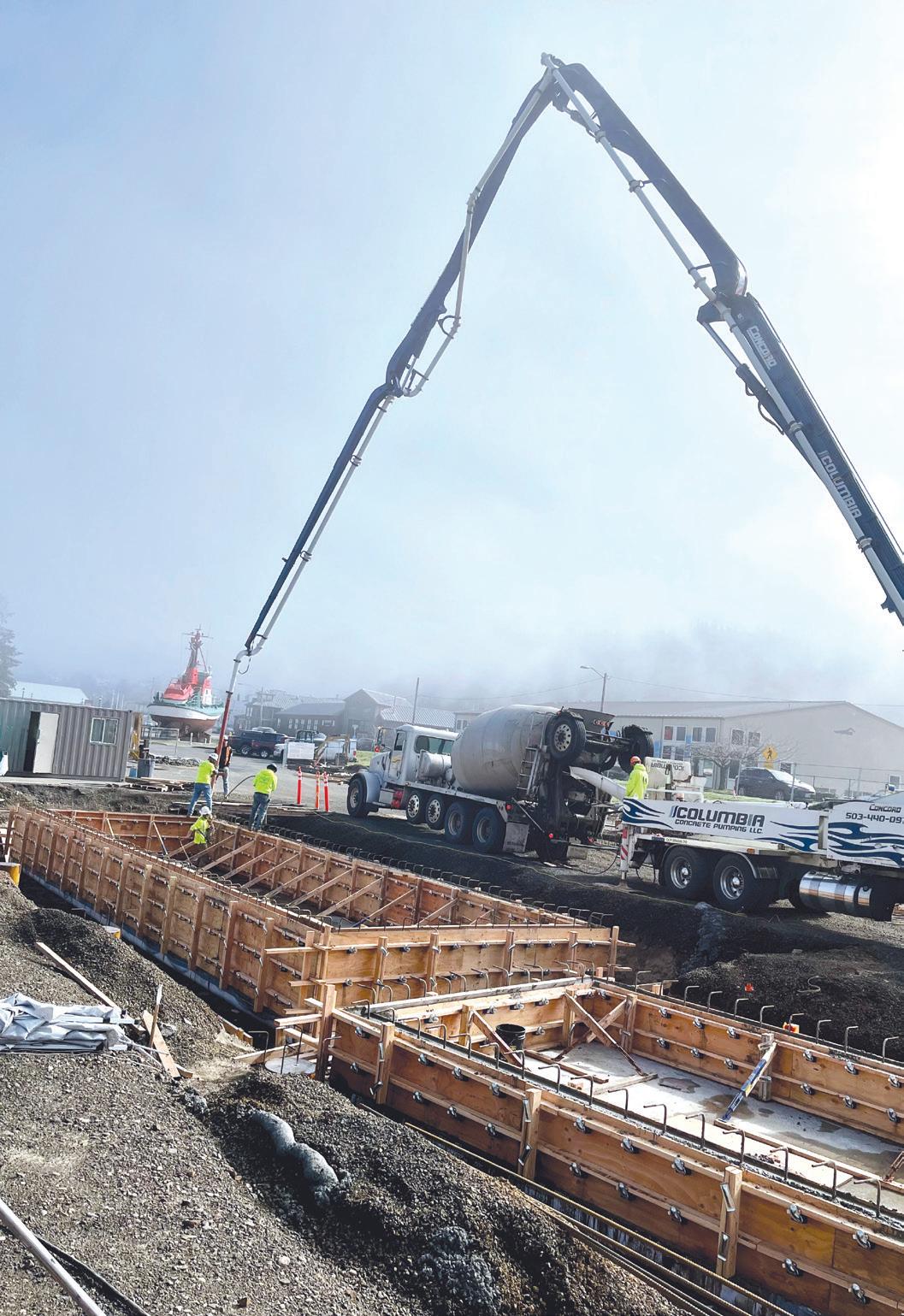

From left: Custom pits were constructed to accommodate the bulk and weight of the two largest vessels in Mariners Hall: the 52 foot motor lifeboat Triumph II, and the 45 foot classic wooden yacht Merrimac. Visitors will be able to walk on Triumph II’s deck.
Greg Allen, RCI
The Mariners Hall entrance is at far left; at top right, Merrimac and Triumph II boat pits. The water in the pits is from rain; the pits are waterproofed against ground water intrusion. The spaghetti-like material is conduit which will be buried in the concrete foundation.
Greg Allen, RCI



Members
Extraordinarily generous private donors and foundations have, through June 15, 2025, given or pledged $29,364,202 towards the Museum’s project goal of $31,500,000. We are humbled and inspired by the trust in the Museum’s mission, vision, and record of performance which these gifts reflect. We are proud of our six decade history of debt-free operations and steady growth while living within our means. Our donors’ gifts reflect both excitement about our ongoing exhibits and educational programming, and campus transformation, and trust that we will spend their gifts thoughtfully and prudently. We thank those who have given, and those considering a gift to push us closer to the finish line!
Mariners Hall will showcase 20 different boats, of various sizes, types and eras, representing new stories and new aspects of the maritime world not covered in the existing museum, which has only 8 boats on display. Focusing on the human element in each story, we will dramatically expand the scope of our storytelling, highlighting the many ways in which we are all connected to the sea, and the maritime environment.

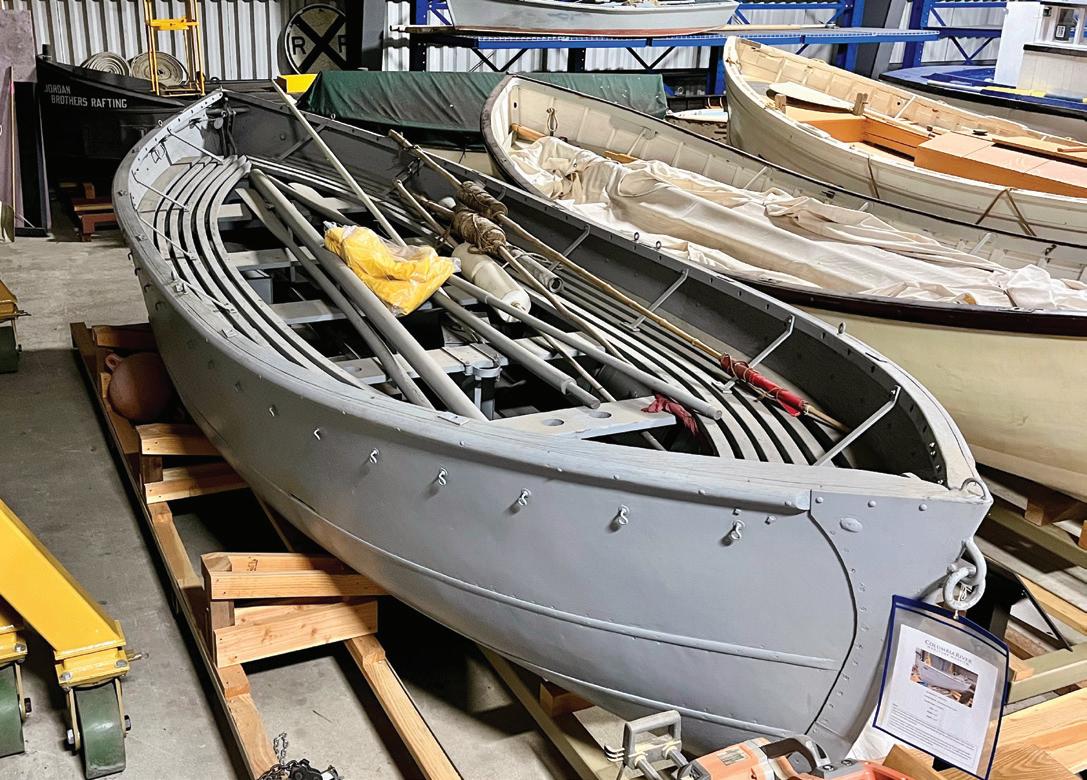
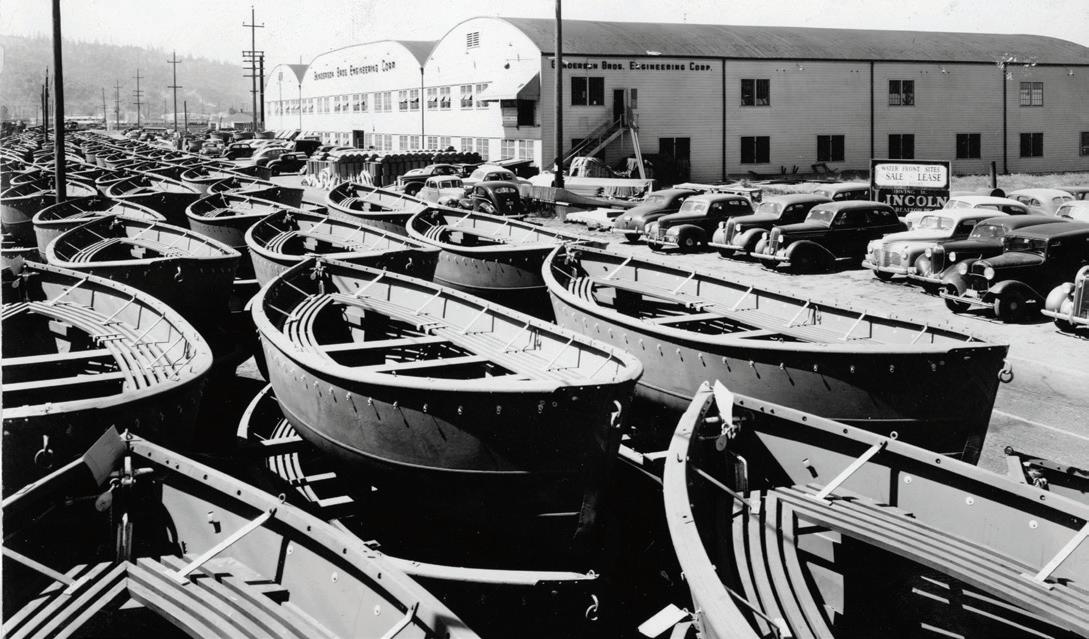
Small, nimble, rugged boats used to maneuver and “corral” floating logs, log broncs (also known as boom boats) were especially useful in millponds and could get the job done more quickly and safely than a “pond monkey” or worker who would ride the logs with a pike pole. With its low center of gravity, log broncs could spin 360 degrees to wrangle bobbing logs without fear of capsizing. This log bronc in the Museum’s collection, built in the 1950’s by the Nelson Log Bronc Company, will be displayed to tell the story of the maritime connection to the timber industry.

From left: This lifeboat was completed on March 15, 1943 in Portland, OR by Gunderson Brothers Engineering Corporation, still in business today as Gunderson Marine.
Gunderson built 3,100 22 and 24 foot lifeboats during WWII at their NW Front Avenue plant, for use on Liberty and Victory ships, such as those built at Kaiser shipyards in Portland and Vancouver, WA. The Museum’s lifeboat will be prominently displayed in Mariners Hall to tell the story of the tremendous challenges faced by those who survived sinking at sea, and how these lifeboats gave sinking survivors a chance at ultimate rescue.


will be displayed in Mariners Hall
38 feet in length, Duke was built for service as a cannery tender at Astoria’s Wilson Brothers Shipyard in 1902. With two large fish holds, Duke would bring salmon to canneries so others could continue fishing. Duke was carefully restored by Marvel Blix in the 1980s and remained afloat until its donation to the Columbia River Maritime Museum in 2014. Duke has important stories to tell about life and work on the Lower Columbia River in the 20th century, and she will be prominently displayed in Mariners Hall.
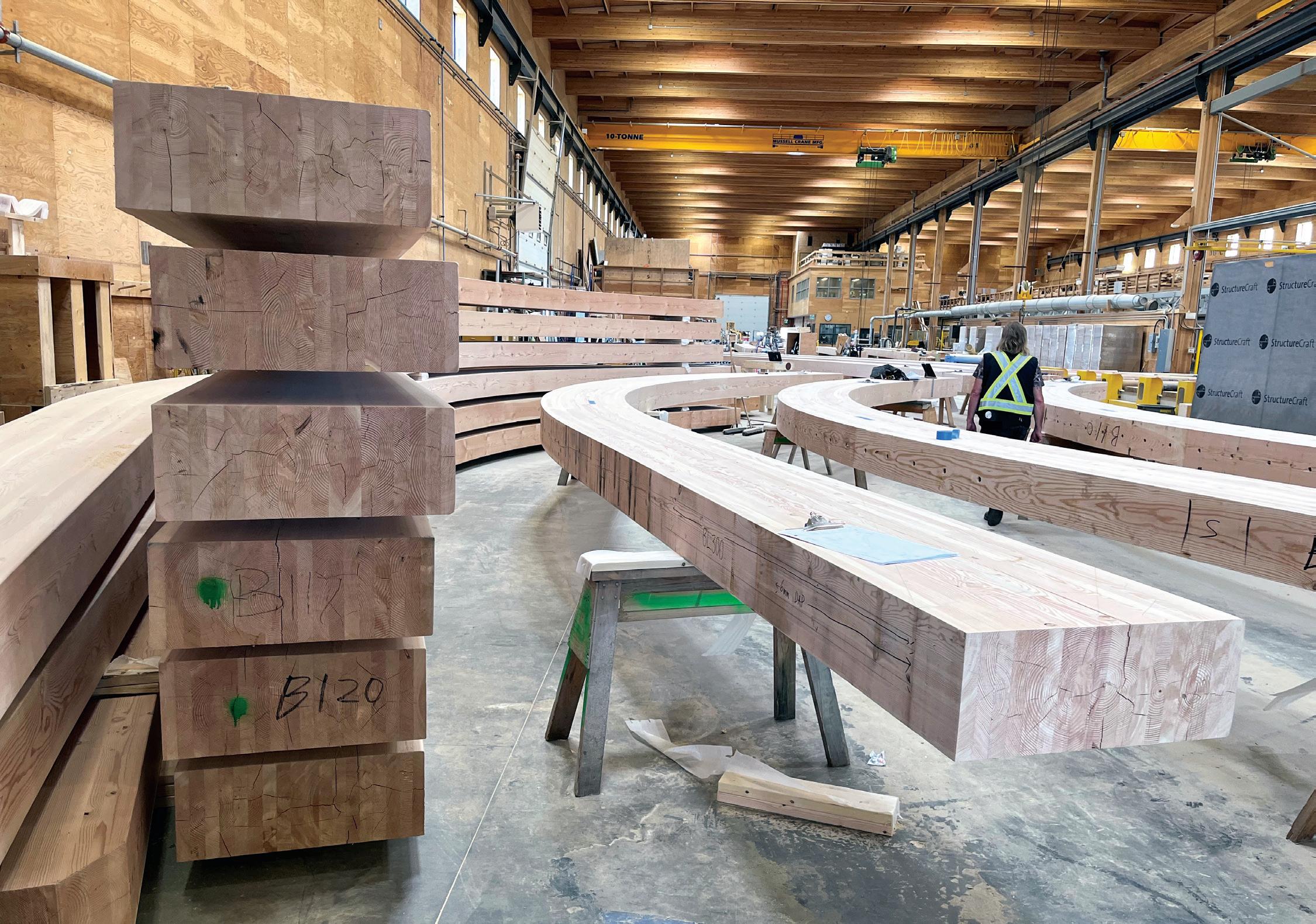

Domestic Pacific Northwest Douglas Fir was transformed into massive, glue-laminated beams at Eugene’s Zip-O-Laminators, then precision cut by the engineers and craftsmen who designed them at Abbotsford, BC’s StructureCraft. The glulam beams are extraordinarily strong and beautiful, and will impart the impression of the inside of a wooden sailing ship to the Mariners Hall roof structure.
Designed to meet the most challenging sea conditions in North America, and to tow large commercial fishing vessels home safely from distress far offshore or on breaking bars, only four steel-hulled, 52 foot motor lifeboats were ever built, serving at Coos Bay (Intrepid), Yaquina Bay (Victory), Cape Disappointment (Triumph II), and Grays Harbor (Invincible II). Named for its predecessor, the wooden-hulled 52 foot Triumph, lost with five of six crew and two fishermen in a terrible storm on January 12, 1961, Triumph II earned a reputation for toughness and reliability and, along with her sister vessels, was loved and trusted by three generations of Coast Guard men and women who served aboard her. The four 52 footers were removed from service in late 2021. CRMM is honored to preserve and display this historically important rescue craft in Mariners Hall, and to tell the stories of those who served aboard her from 1961-2021.

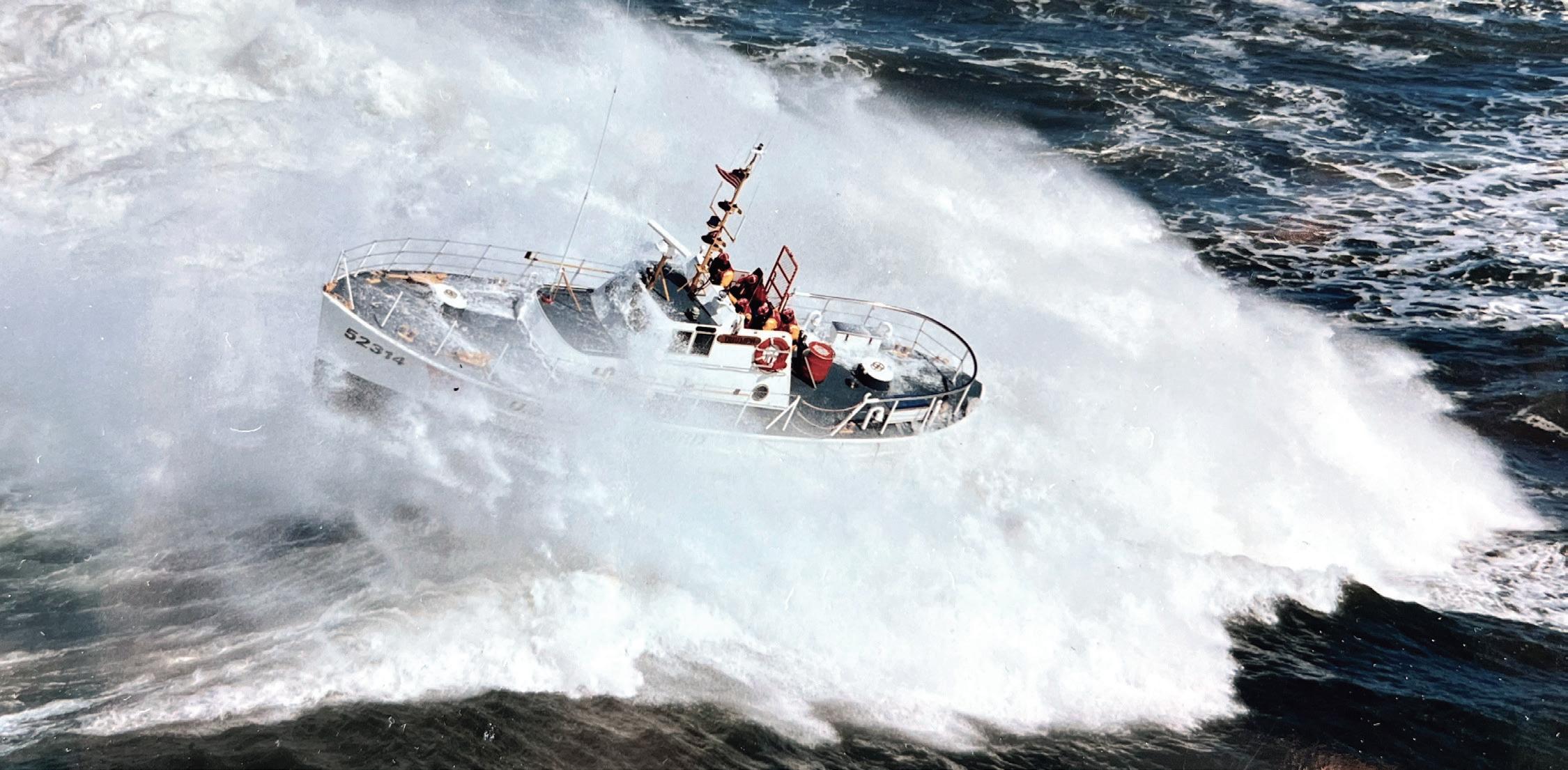

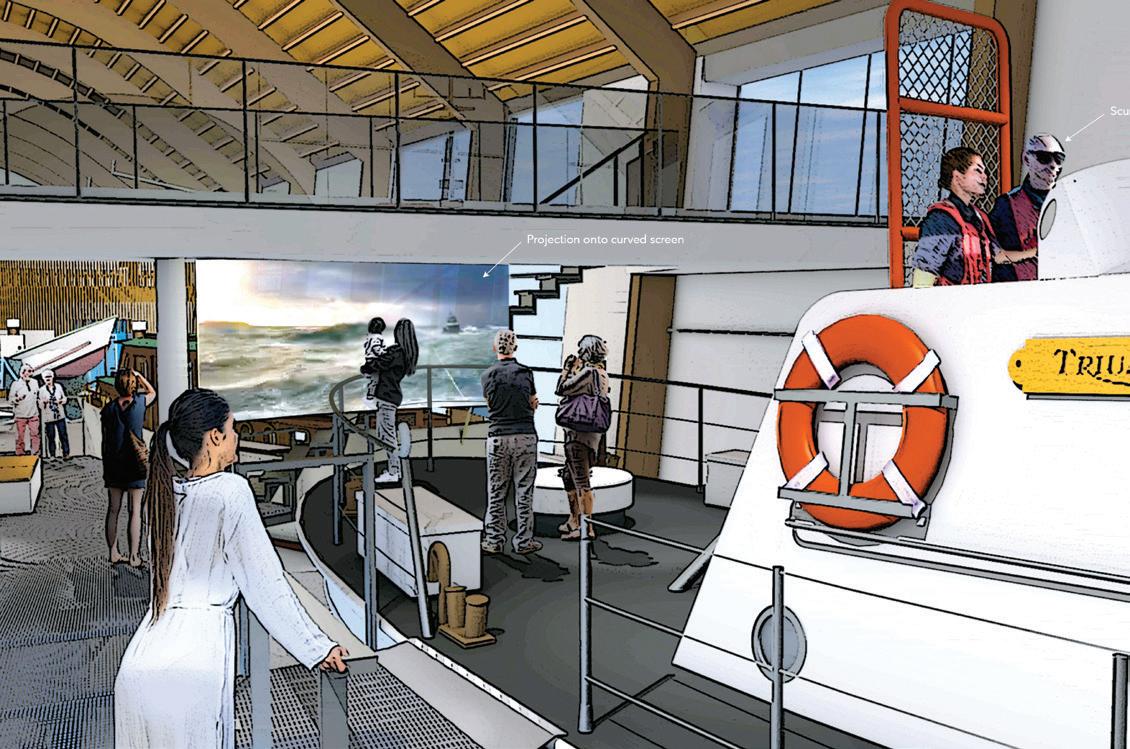

CG-52314 Triumph II (L-R from top)
Triumph II powers through breaking 20 footers on the Columbia River Bar. Photo: Larry Kellis
Professional painter Alicia Palmer (right) and volunteers Lloyd Bowler and Doug Taylor along with Susan Hinton (not shown) did a marvelous job restoring Triumph II’s paint at the Port of Astoria prior to her ride through downtown to the Museum. Workers carefully position the cradle underneath Triumph II. Visitors will board Triumph II’s stern from a walkway. From there, they will be able to walk her decks, and view a video of heavy seas on the Columbia River Bar filmed from a Coast Guard motor lifeboat. Storyline Studio graphic
July 23, 2024 - June 9, 2025


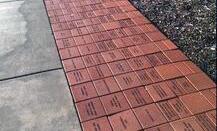



1792 Marine Drive, Astoria, Oregon 97103
ADDRESS SERVICE REQUESTED
